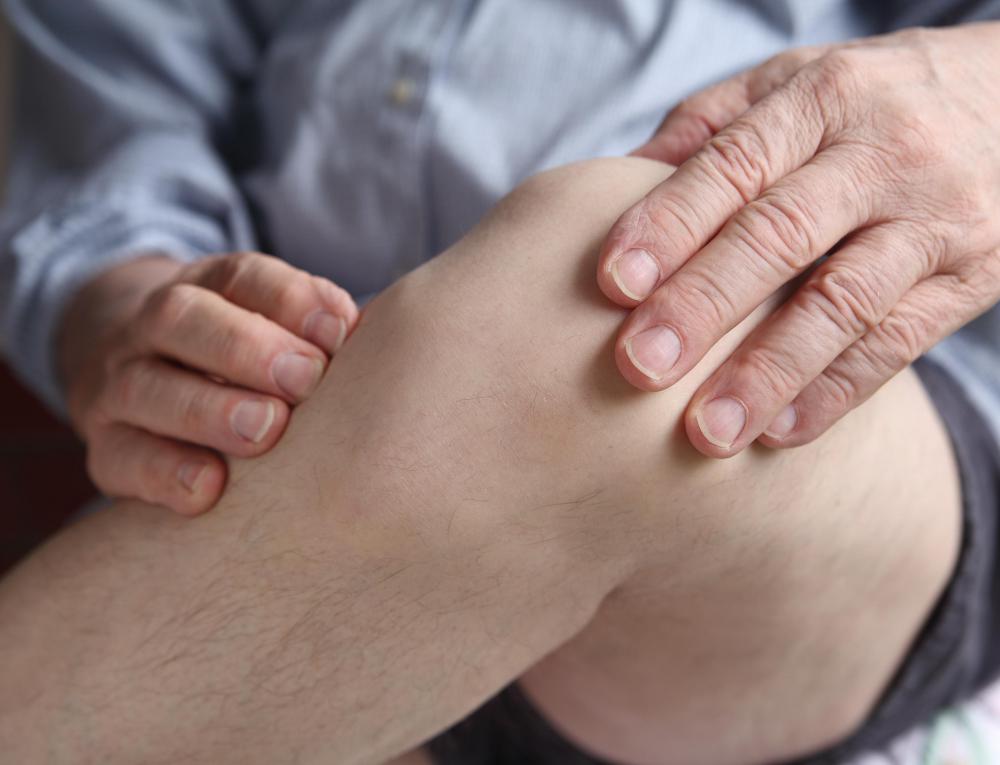At WiseGEEK, we're committed to delivering accurate, trustworthy information. Our expert-authored content is rigorously fact-checked and sourced from credible authorities. Discover how we uphold the highest standards in providing you with reliable knowledge.
What Is Ligament Laxity?
Ligament laxity is a term that refers to ligaments in the body that can move more than usual. Doctors can also call these looser than normal ligaments hypermobile and do not generally refer to lax ligaments as a condition. Chiropractors tend to use the term to describe a potential cause of chronic joint pain or sprains.
Bones in the body are held together with ligaments, strong bands of connective cells. They are flexible to allow the bones to move relative to one another, but they are not stretchy. Most people have many ligaments that are of a regular tightness, and some have a number of ligaments that allow joints a greater freedom of movement than normal. These people are called hypermobile, and hypermobility is more likely in children than in older people. Many people have a few hypermobile joints.

Signs that a person has hypermobile joints, and therefore ligament laxity, include an ability to bend arms backward past the elbow joint and the legs past the normal limits of the knee. If someone can lean forward, without bending the knees, and plant his or her hands flat on the ground, then hypermobility is likely. The last finger on each hand may also be bendable backward to the vertical, and the thumb may be able to touch the arm.

A condition called benign hypermobility syndrome can occur when a person is prone to joint problems like sprains or dislocations because of his or her hypermobile ligament. Arthritis can also result from the condition. Most people, however, do not experience any problems from loose ligaments.
While ligament laxity is not a term that is common in conventional medicine, certain types of health professionals use the term. Many chiropractors, for example, regard ligament laxity as a condition. They often believe that several conditions can result from lax ligaments, including general pain in the body.

Injuries, as well as nature, are a cause of ligament laxity in the chiropractic sense. Sporting injuries that damage the ligaments may loosen the ligaments permanently. The theory is that loose ligaments can alter the movement of bones and joints enough so that the affected person feels pain in that area of the body, that in turn affects other areas of the body. Conventional medical treatments for problems due to hypermobility include physiotherapy and painkilling medicines. Strength training of muscles is also a possible treatment that other health professionals may prescribe.
AS FEATURED ON:
AS FEATURED ON:













Discuss this Article
Post your comments